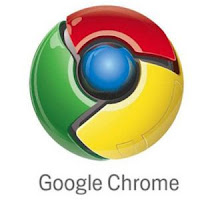What is Sandboxie?
Generally, if you are visiting hacking forums or various forums of free software downloads, some of these free downloads are affected or are attached viruses and trojans for malicious purposes. So, if victim installs them on his computer, the malicious scripts get installed on computer causing various problems depending on script. So, the better way is to install such applications on your PC but using Sandboxie.
Sandboxie will allow you to run your software downloads in a sandbox (in a separate memory area) to check whether or not they're what you were expecting. This can be great if you don't trust a download or freeware.
Generally, if you are visiting hacking forums or various forums of free software downloads, some of these free downloads are affected or are attached viruses and trojans for malicious purposes. So, if victim installs them on his computer, the malicious scripts get installed on computer causing various problems depending on script. So, the better way is to install such applications on your PC but using Sandboxie.
Sandboxie will allow you to run your software downloads in a sandbox (in a separate memory area) to check whether or not they're what you were expecting. This can be great if you don't trust a download or freeware.
The red arrows indicate changes flowing from a running application program into your computer. The box labeled Hard disk (no sandbox) shows changes by a program running normally. The box labeled Hard disk (with sandbox) shows changes by a program running under Sandboxie. The animation illustrates that Sandboxie is able to intercept the changes and isolate them within a sandbox depicted as a yellow rectangle. It also illustrates that grouping the changes together makes it easy to delete all of them at once.
Sandboxie features:
Sandboxie features:
- Secure Web Browsing:
Running your Web browser under the security protection of Sandboxie means that all malicious software downloaded by the browser is trapped in the sandbox of Sandboxie and can be discarded trivially.
- Enhanced Privacy:
Browsing history, cookies, and cached temporary files collected while Web browsing stay in the sandbox and don't leak into Windows OS (Operating system).
- Windows Stays Clean:
Requirements for Sandboxie:
Sandboxie supports windows 2000, windows XP, windows Vista and windows Server 2003.
Sandboxie does not work on Windows 95, 98 or ME, or on Mac operating systems.
There are no particular hardware requirements. Sandboxie needs only a small amount of memory and should have a very small impact on performance.






